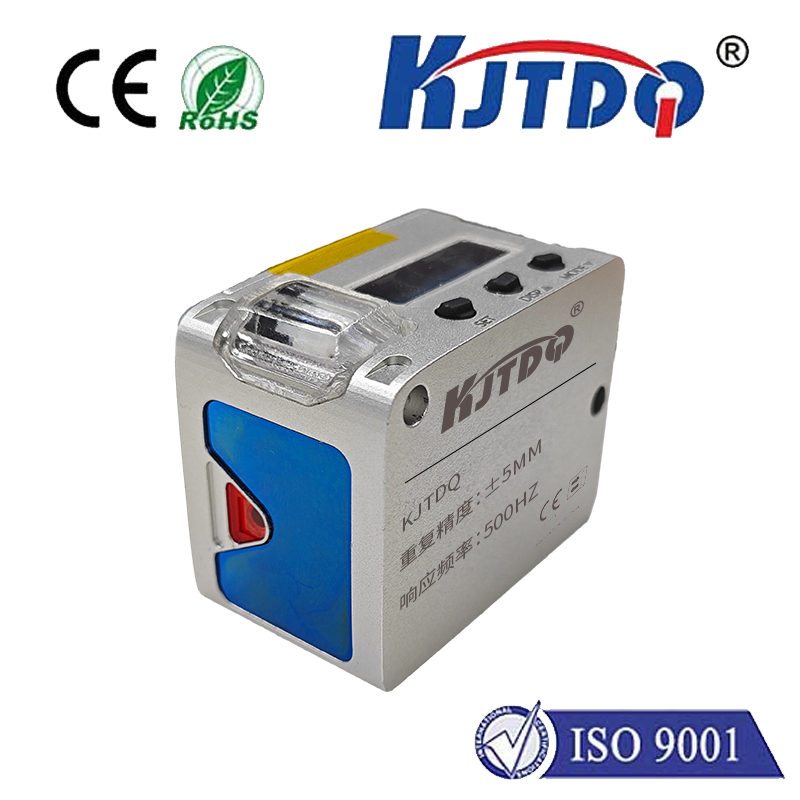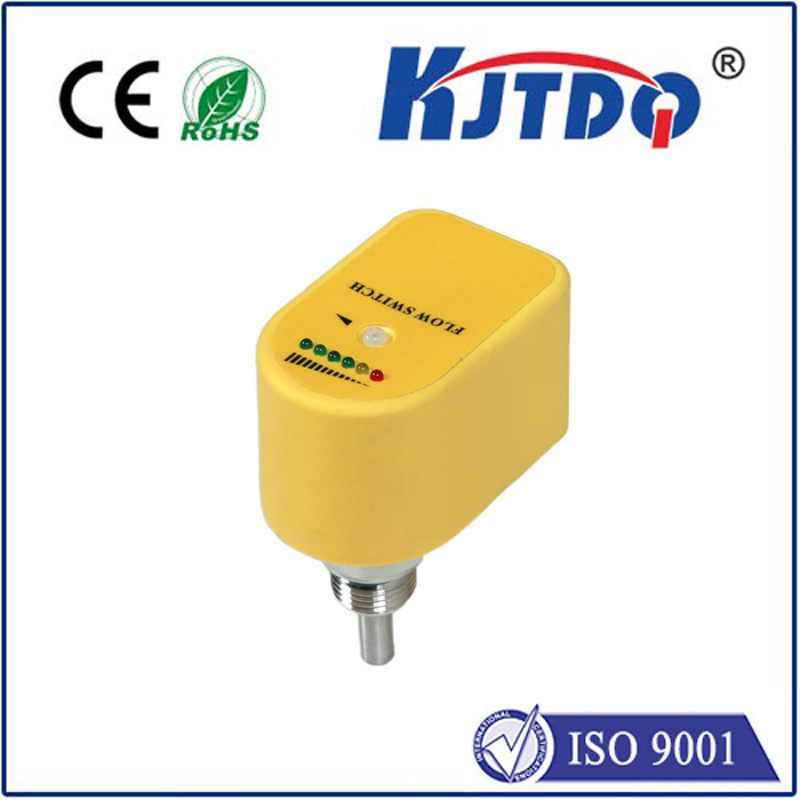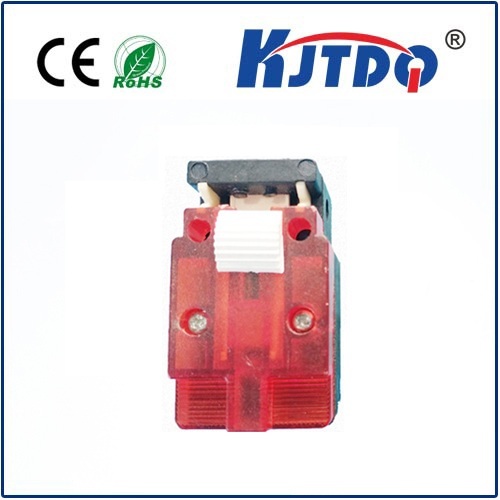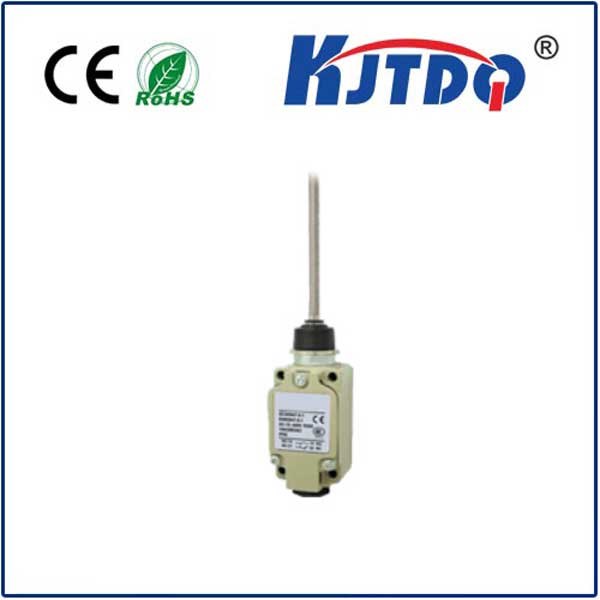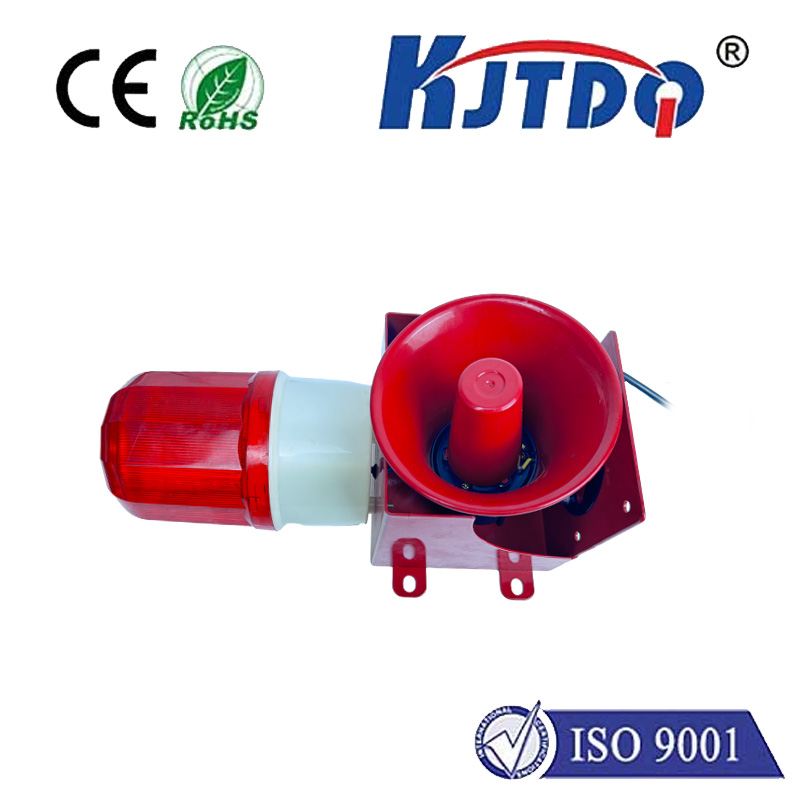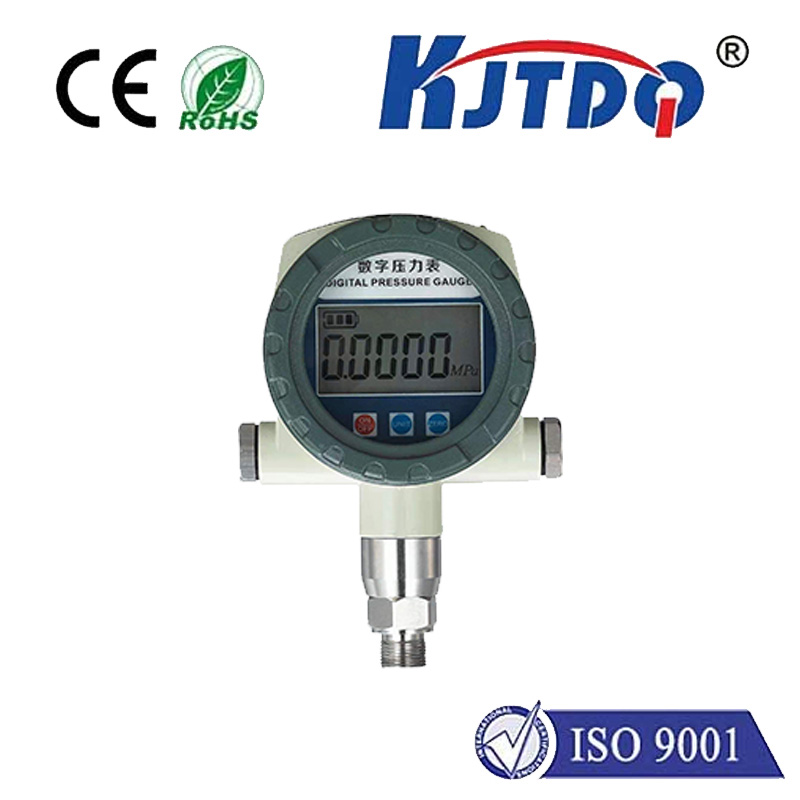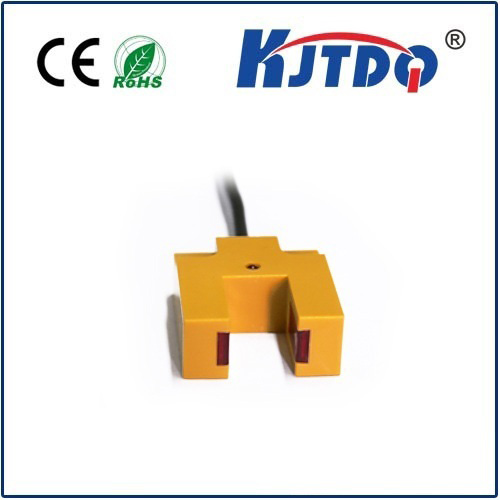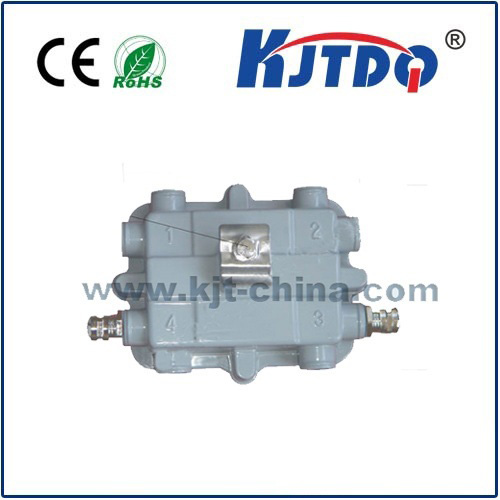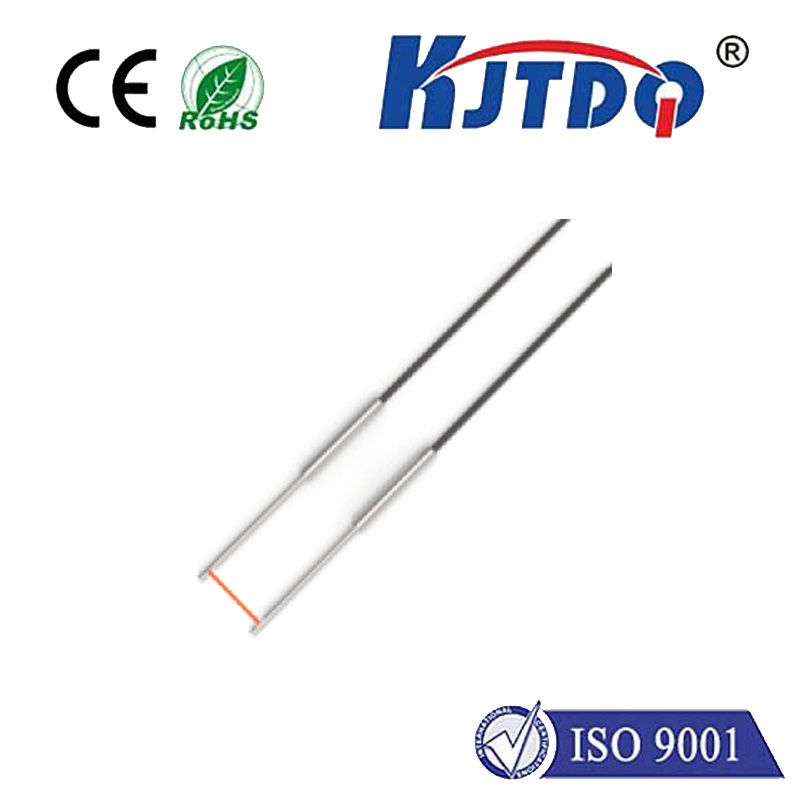
check

check

check

check
Title: The Power of Laser Transducer Technology: A Revolutionary Development in the World of Signal Processing
Introduction
The rapid advancement of technology has led to many groundbreaking innovations that have revolutionized various industries, and one such field is signal processing. One of the key components that have enabled these advancements is the laser transducer, a device that converts optical signals into electrical signals with incredible precision and efficiency. In this article, we will explore the world of laser transducer technology, its applications, and how it is transforming the way we interact with information.
Laser Transducer: A Simplified Overview
At its core, a laser transducer is a device that uses a laser beam to modulate an optical frequency or wavelength. This process allows for the conversion of optical signals into electrical signals, which can then be used for various applications such as data communication, sensing, and control systems. Essentially, a laser transducer acts as a mediator between light and electricity, enabling us to harness the power of light in ways that were previously unimaginable.
The Design and Working Principles of Laser Transducers

The design of a laser transducer typically involves the integration of several components, including a laser source, an optical modulator (such as a lens or acousto-optic modulator), an amplifier, and an electronic circuit. These components work together to amplify and filter the optical signal before converting it into an electrical signal that can be processed by a microcontroller or other electronic devices.
One of the most critical aspects of laser transducer design is ensuring proper alignment and synchronization between the laser source, modulator, and detector. This requires precise control over temperature, pressure, and other environmental factors to maintain optimal performance and stability. Additionally, advanced techniques such as cavity tuning and frequency scanning are used to optimize the performance of high-precision laser transducers for specific applications.
Applications of Laser Transducers
The applications of laser transducers are virtually limitless, spanning from industrial manufacturing and scientific research to telecommunications and healthcare. Some of the most notable uses include:
1. Optical Communication: Laser transducers are at the heart of many modern optical communication systems, including fiber optic networks, satellite communications, and wireless local area networks (WLANs). By modulating the frequency or wavelength of the laser beam, these devices enable high-speed data transmission over long distances with minimal interference.
2. Sensors: Laser transducers can be used in a variety of sensors to detect and measure physical phenomena such as temperature, pressure, distance, and orientation. These sensors are widely used in industrial automation, robotics, and environmental monitoring applications.
3. Biomedical Imaging: Lasers have been widely used in biomedical imaging for diagnostic purposes such as cancer detection, tissue imaging, and non-invasive blood flow measurement. Advanced laser transducers can achieve high resolution and accuracy while minimizing invasiveness and side effects.
4. Scientific Research: Lasers play a crucial role in various scientific research disciplines, ranging from material science and chemistry to astronomy and cosmology. High-power lasers are used for cutting, burning, melting, and other laboratory experiments that require extreme temperatures or conditions not achievable by traditional methods.
Challenges and Future Opportunities
Despite their remarkable capabilities, laser transducers still face several challenges that need to be overcome to achieve even greater efficiency and reliability. Some of these challenges include maintaining stability under varying environmental conditions, improving power efficiency, reducing cost, and enhancing scalability for large-scale applications. However, ongoing research and development in areas such as nanotechnology, optoelectronics, and quantum mechanics hold promise for addressing these challenges and unlocking new possibilities for laser transducer technology.
Conclusion
In conclusion, the power of laser transducer technology lies in its ability to convert optical signals into electrical signals with unprecedented precision and efficiency. From industrial applications to medical research, laser transducers are transforming the way we interact with information and opening up new frontiers in scientific discovery. As we continue to refine this technology and address its limitations, the future looks bright for the widespread adoption of laser transducer systems across various industries and domains.
